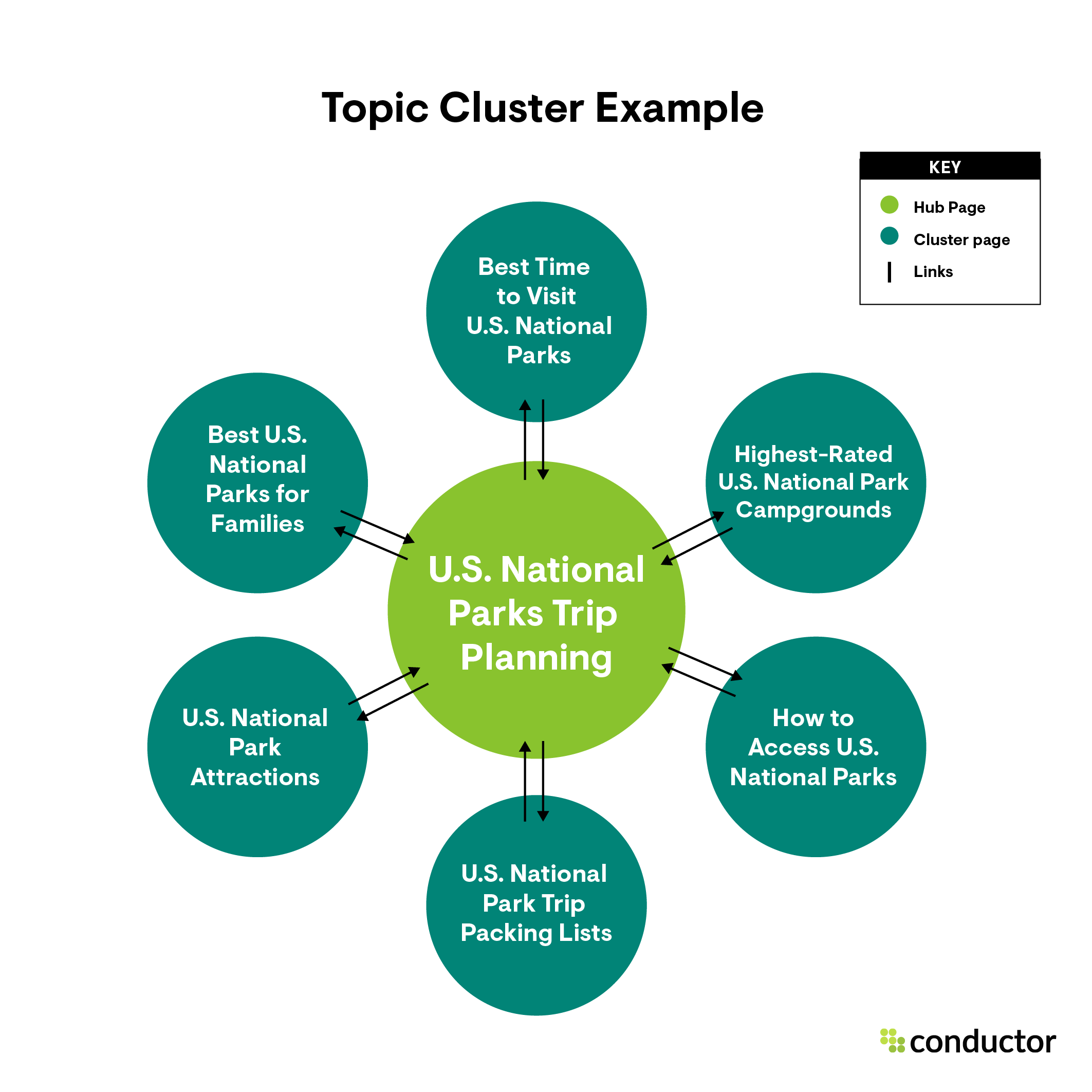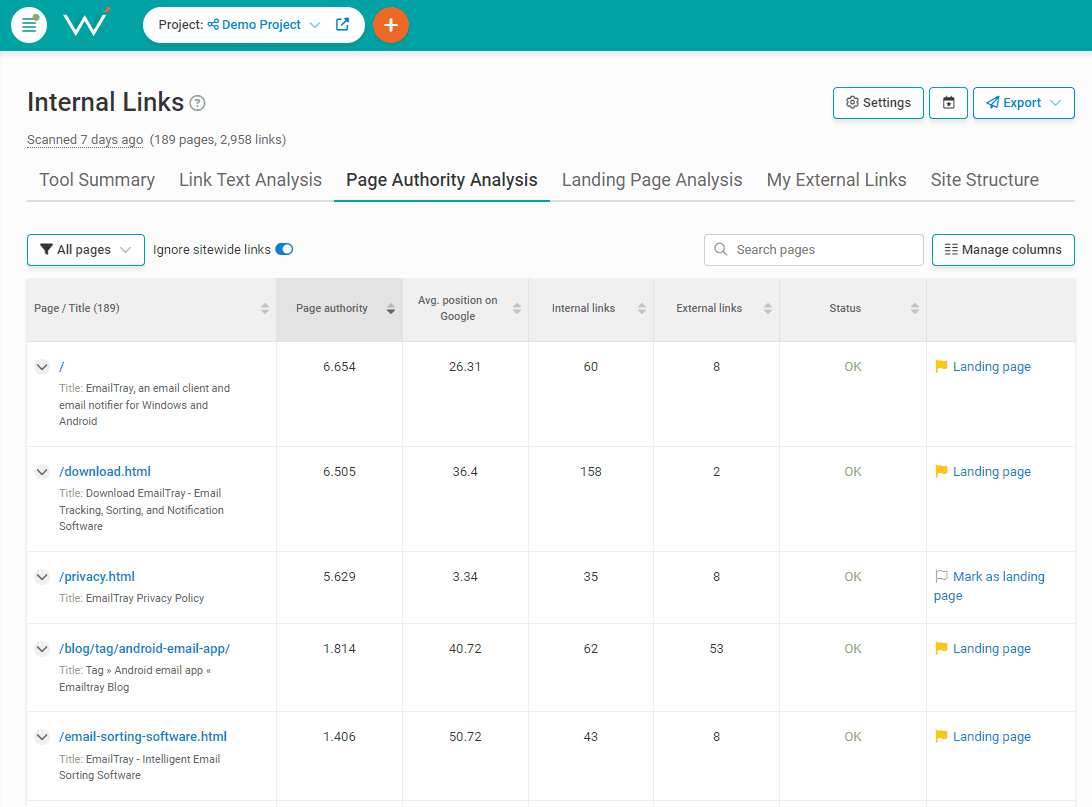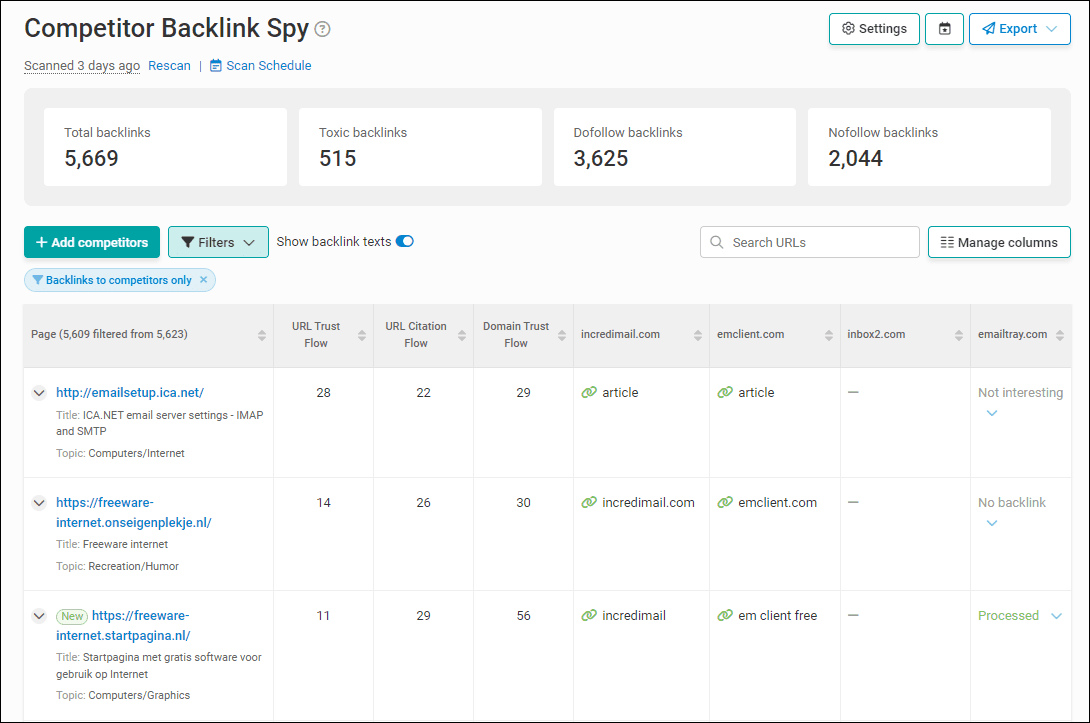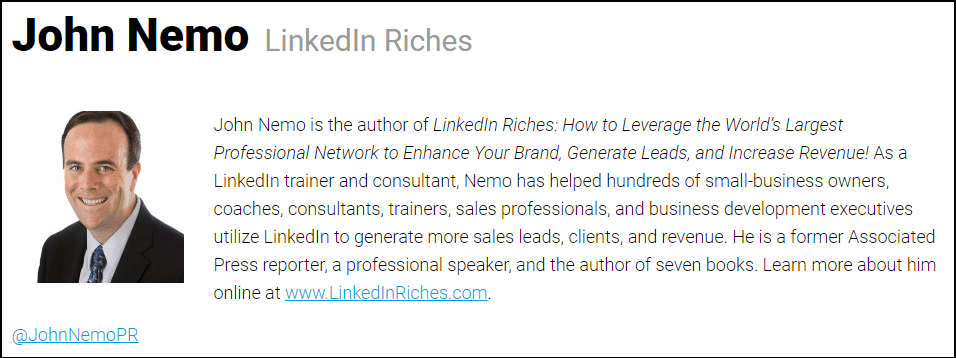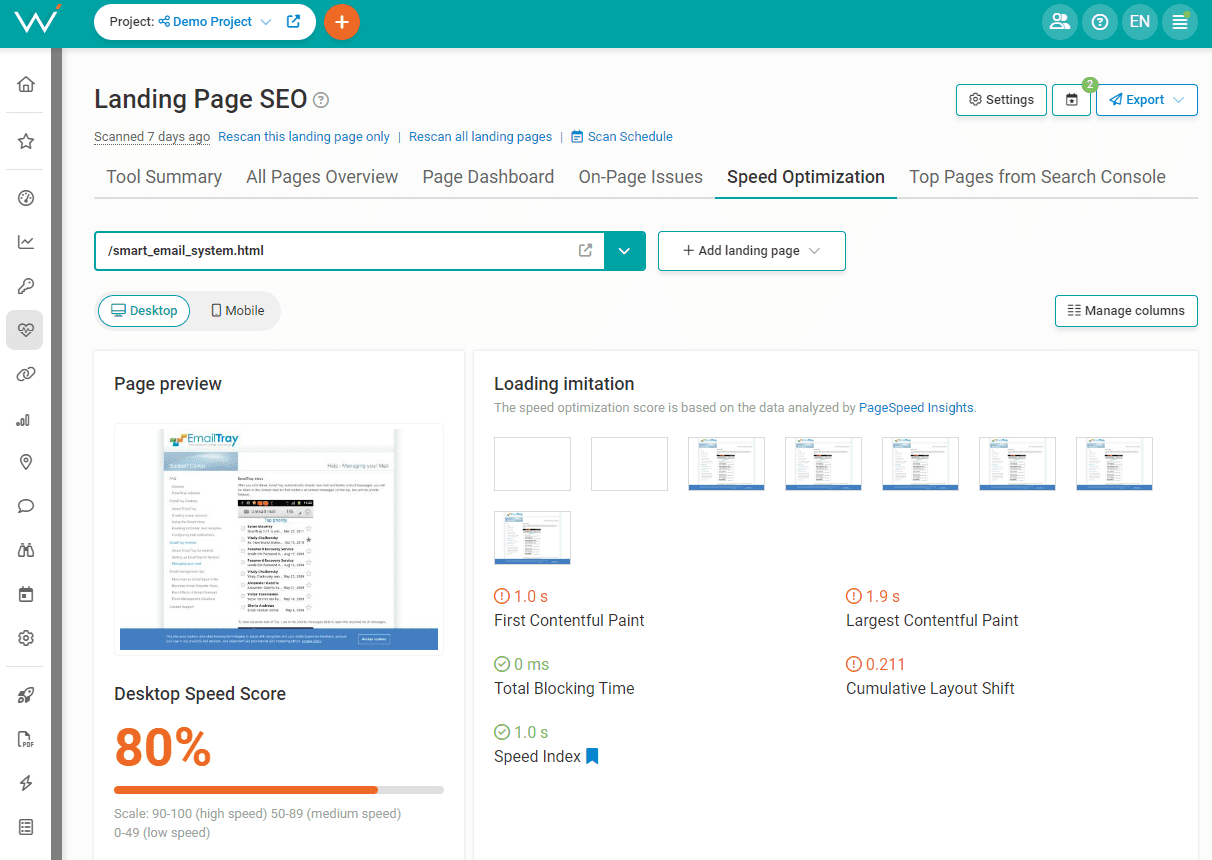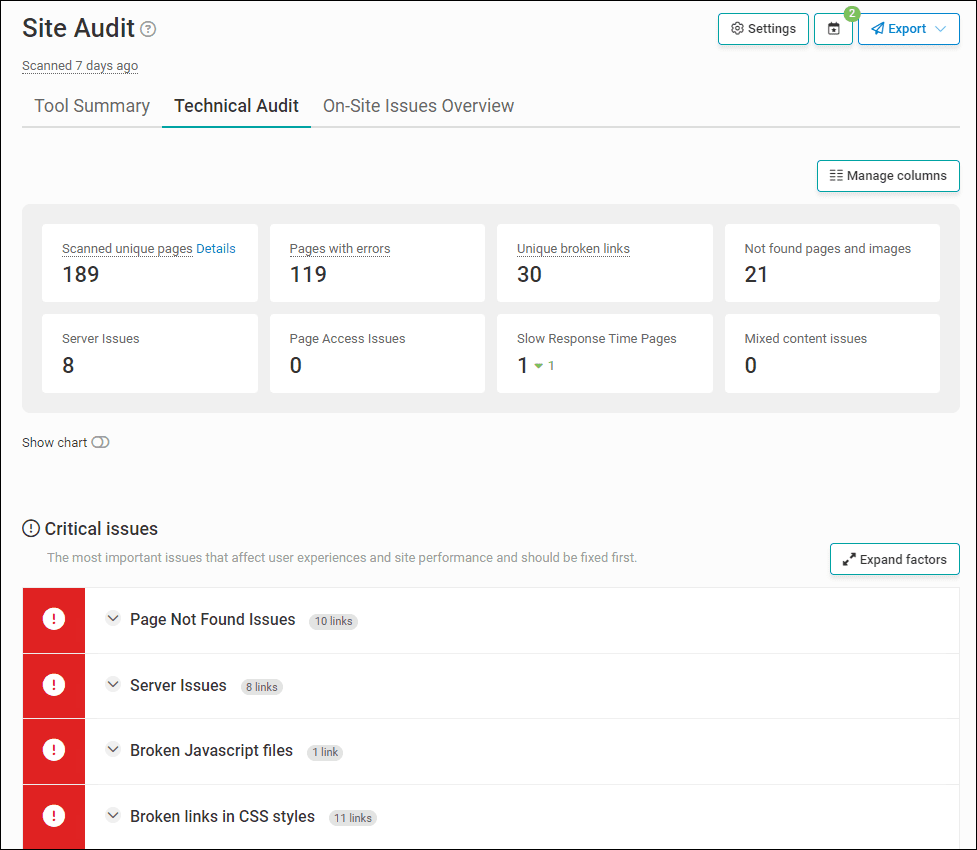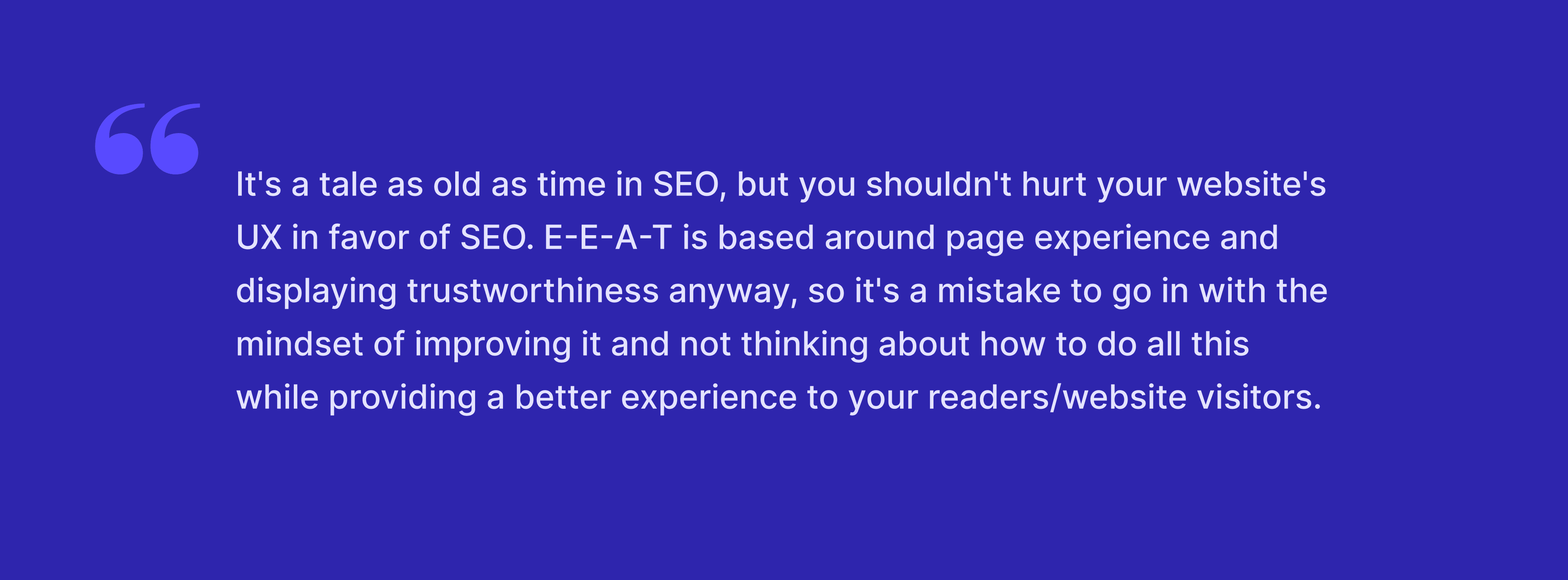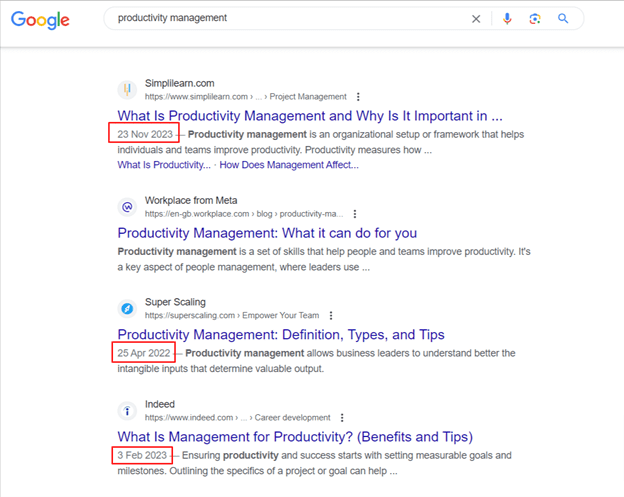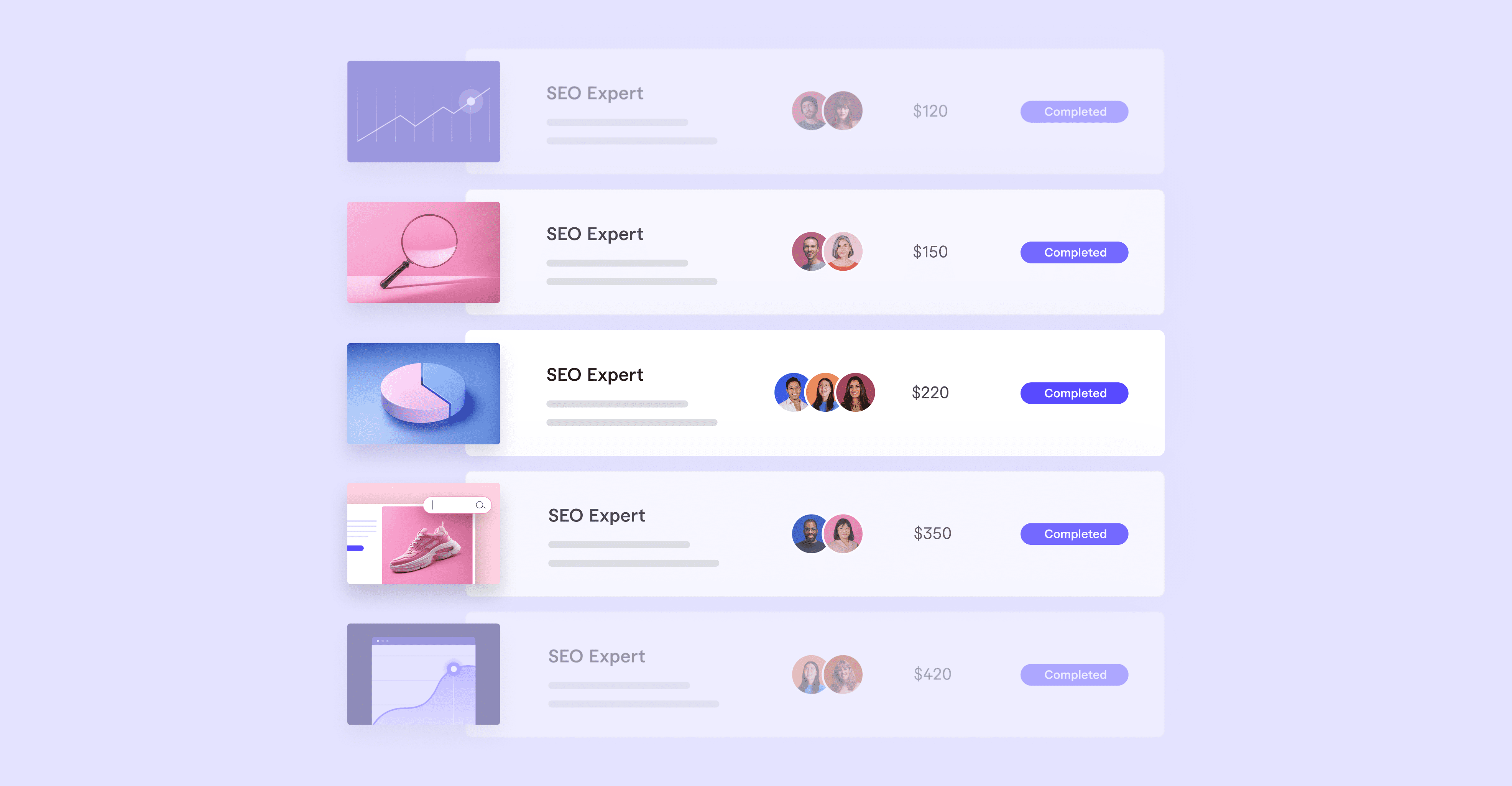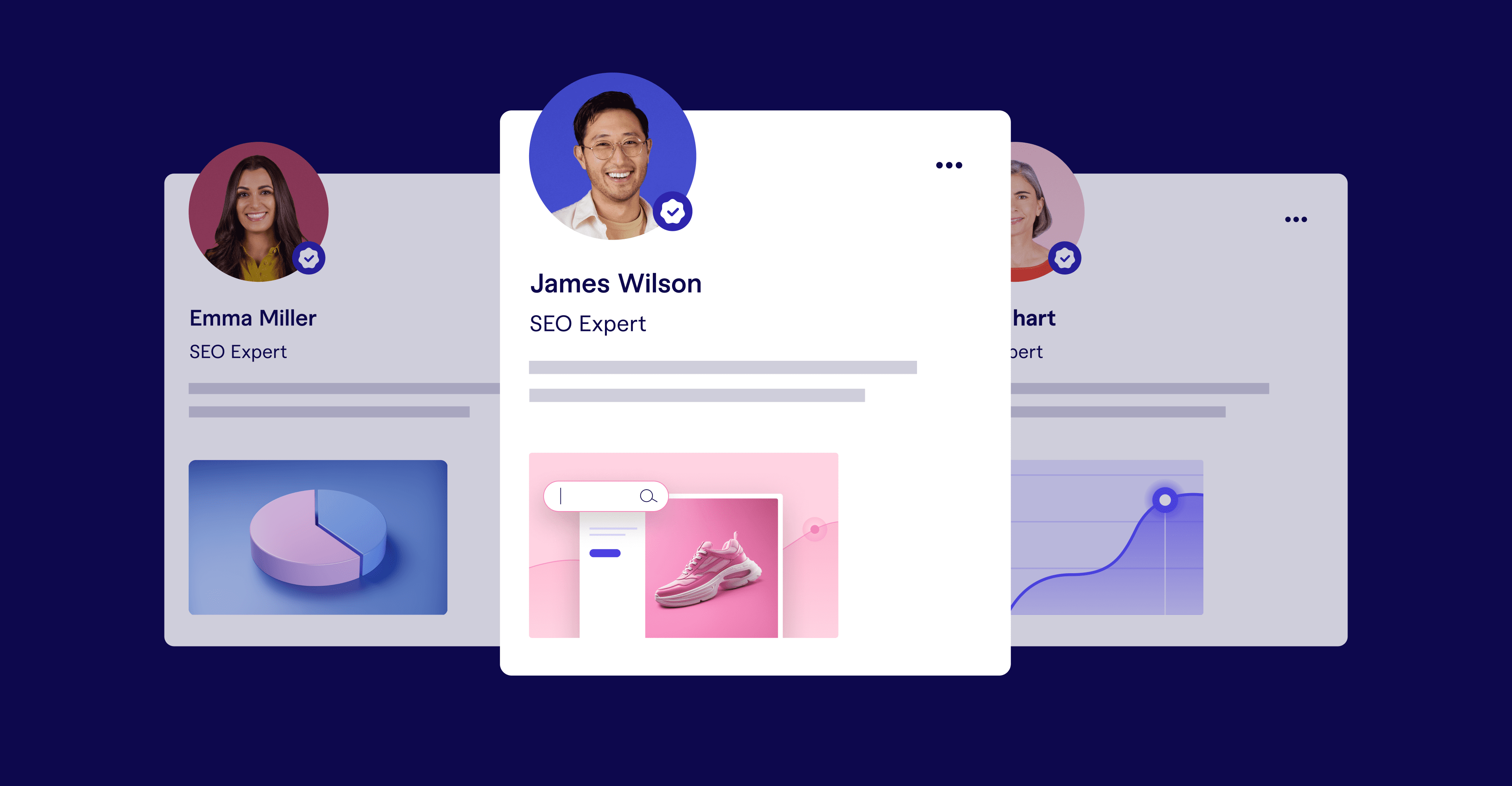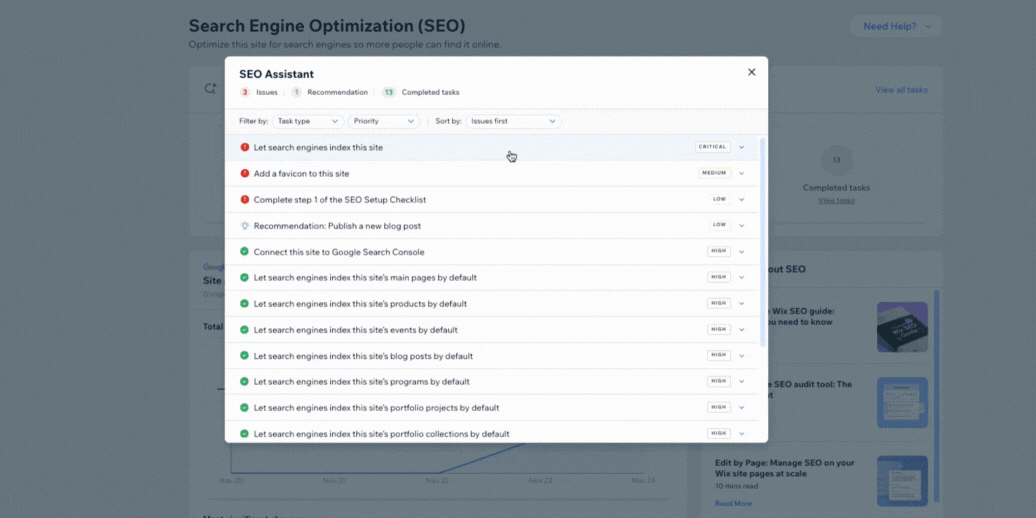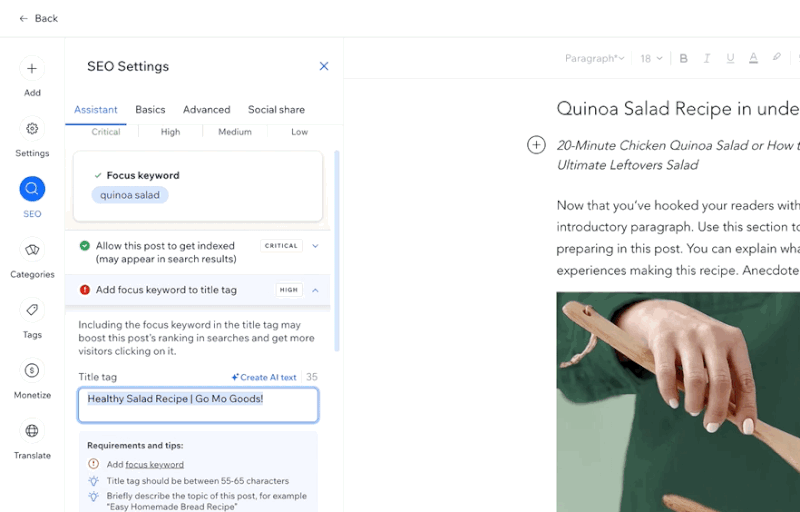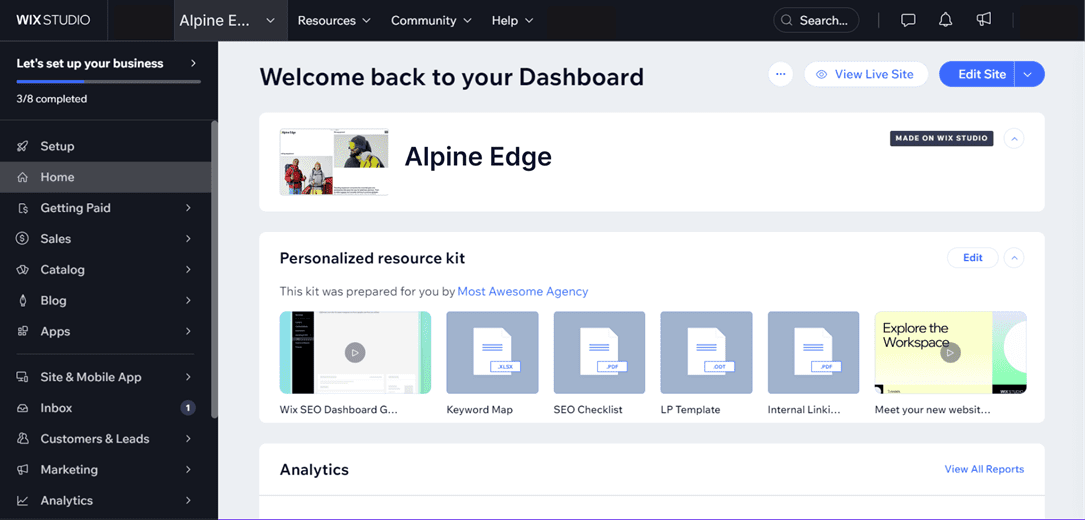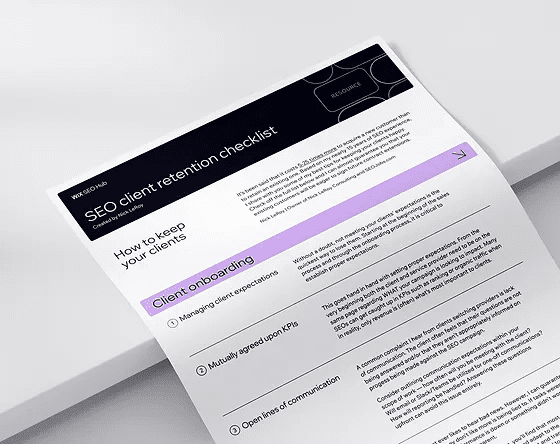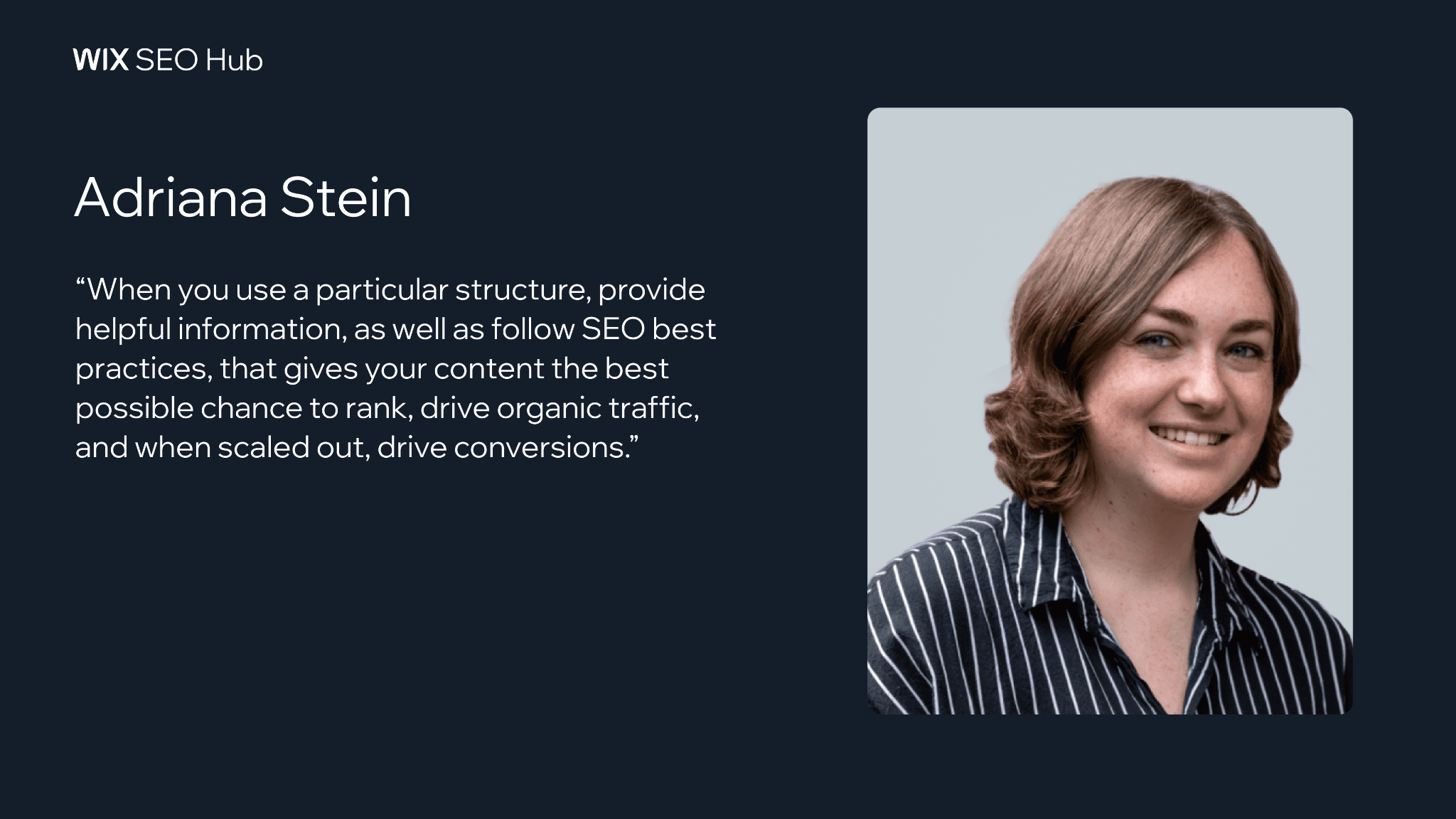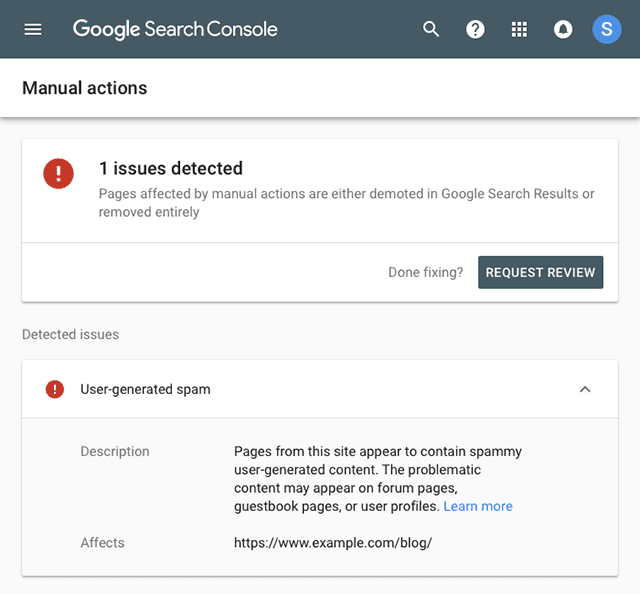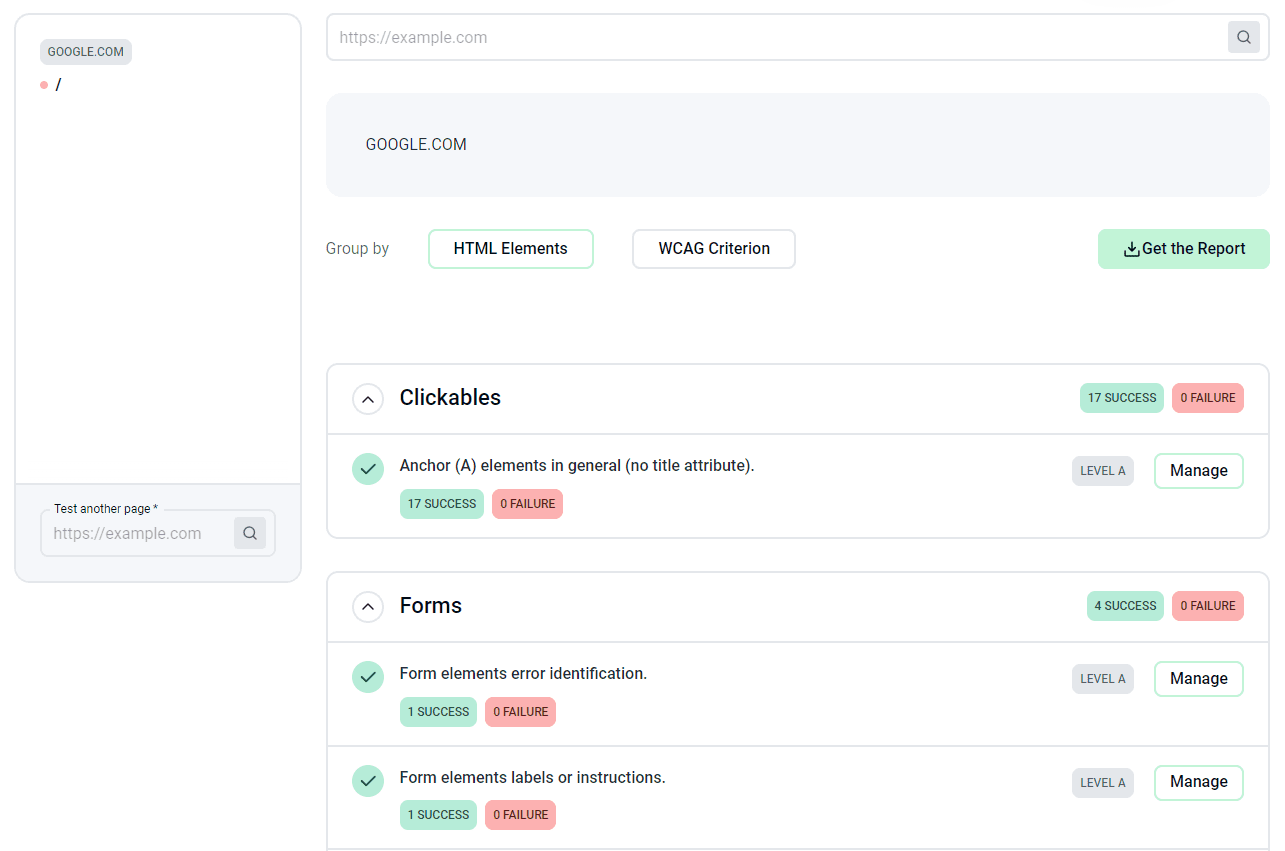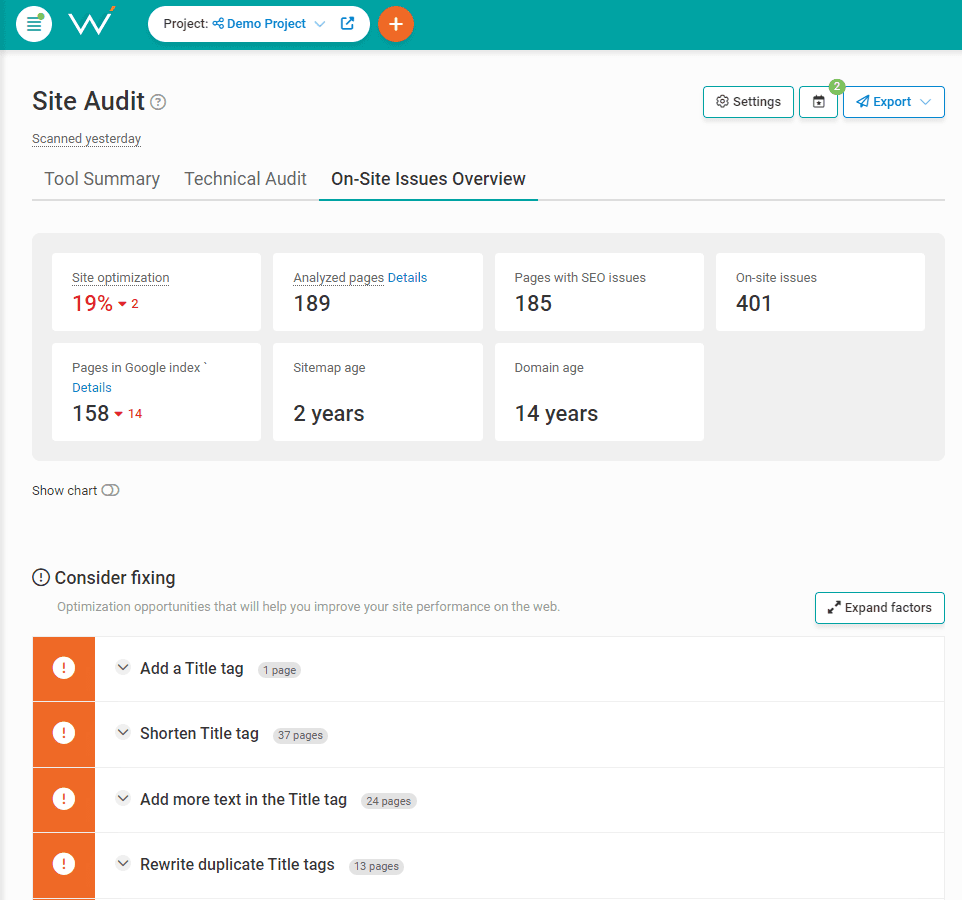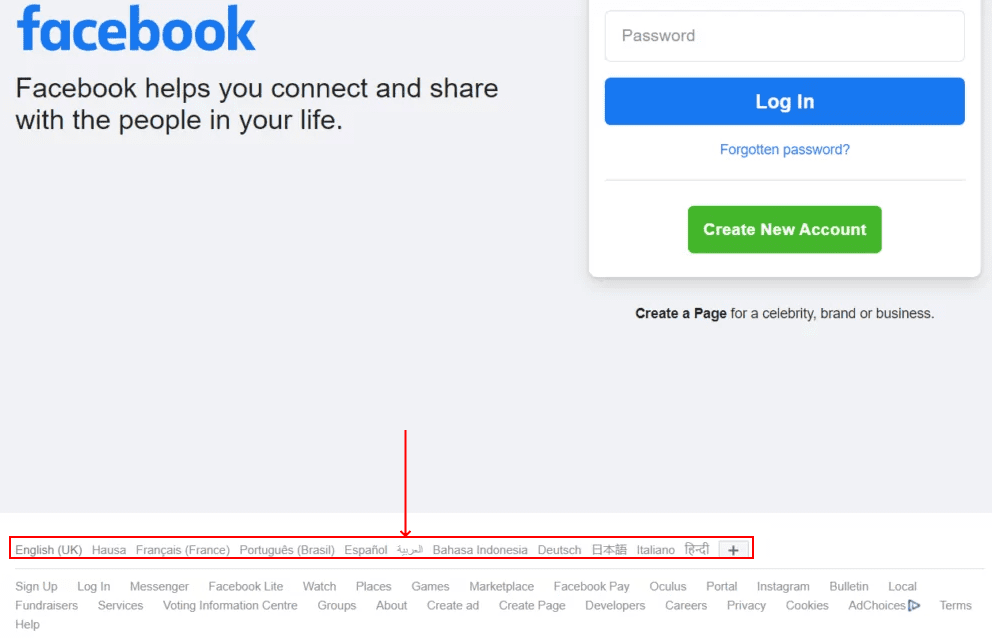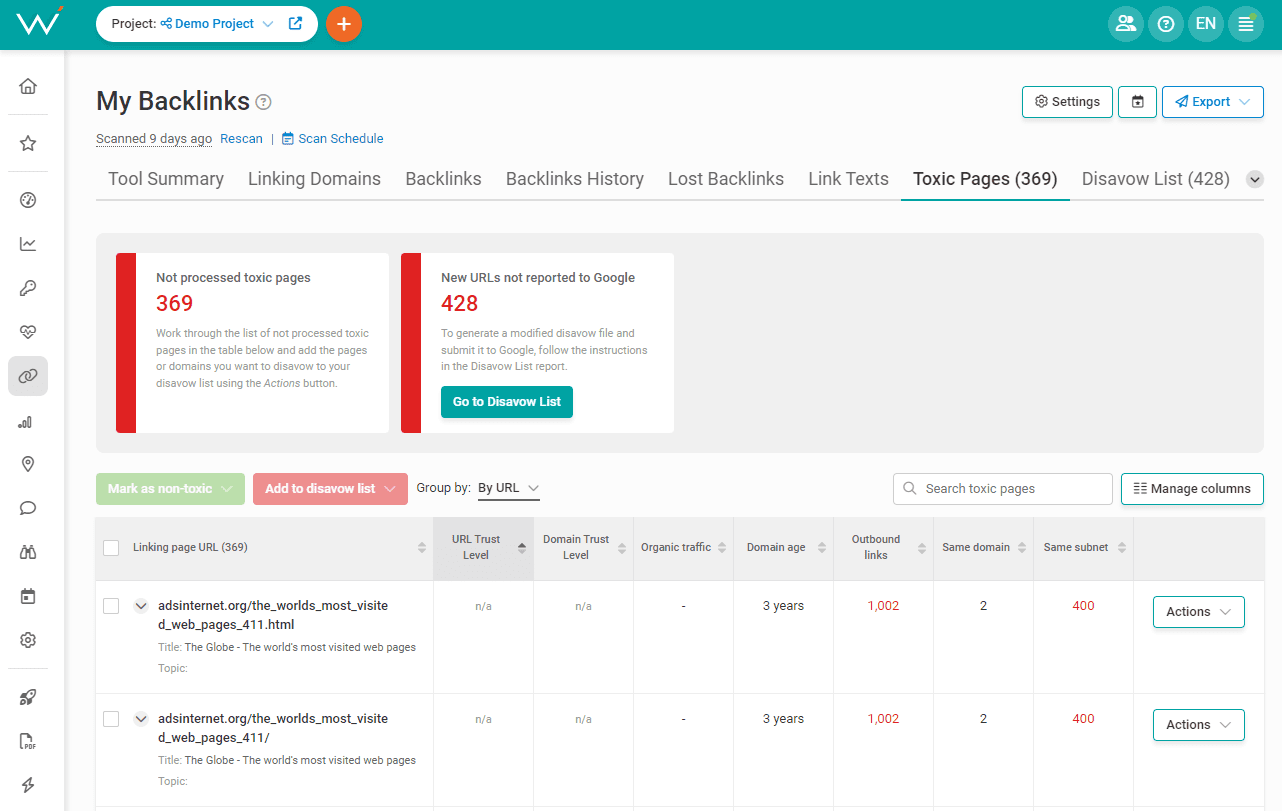Google Spam Policies, Explained

Google released this month updates to its core algorithm and spam policies. It also issued widespread manual penalties to sites with excessive AI-generated and low-grade content.
Google is prioritizing spam — manually and algorithmically. If you’ve experienced a decline in rankings but no manual actions, audit your content for potential spam violations.
Here’s where to start.
Scaled Content
“Scaled content” refers to expanding articles rapidly via automation or AI. Google has advised against scaling for years. It has now provided example violations:
- Using generative AI to create content.
- Scraping content — e.g., from RSS feeds, search results — and publishing it without changes.
- Combining content from many sources and republishing it without alteration.
To my knowledge, Google has not to date expressly disallowed AI content, but including it now as “scaled” implies a dislike.
Expired Domains
Domains become available when their owners forget or neglect to renew them. In many cases, expired domains retain link authority, prompting some search optimizers to buy them and then publish new (vaguely relevant) content or 301-redirecting the domain to a third-party site.
Google now includes such expired-domain tactics as spam, but its examples are extreme:
- Affiliate content placed on previous government-owned content.
- Medical products sold from expired domains of non-profit organizations.
- Casino websites hosted on domains previously owned by schools.
Apparently Google is targeting aggressive cases, but it may eventually include common uses.
Parasite SEO
“Parasite SEO” involves placing low-quality content on a trusted domain. Google calls this “site reputation abuse.”
Google’s examples mainly include content unrelated to the domain, such as:
- An educational site hosting a page for payday loans.
- A news site hosting automated coupons.
The guidelines also emphasize a lack of editorial oversight and include scenarios not considered spam:
- Press release sites.
- News publications with syndicated content from other quality publications.
- Sites with user-generated content, such as a forum or comment sections.
- Native or third-party ads, sponsored content, or appropriately tagged affiliate links for monetization, not rankings.
- Manually selected coupons.
Unaware?
Most businesses have never participated in these tactics, but some may have done so unknowingly through external consultants. Keep an eye on Search Console notifications and organic traffic.

